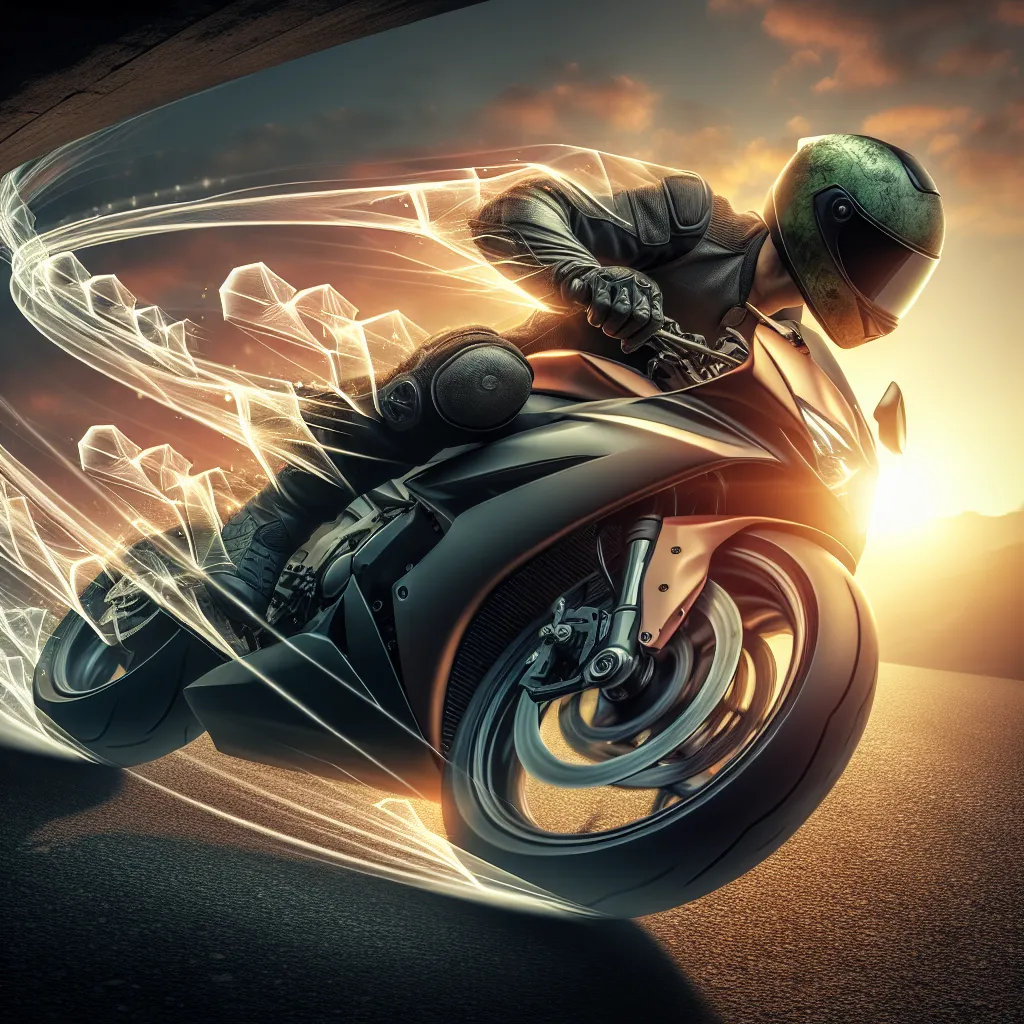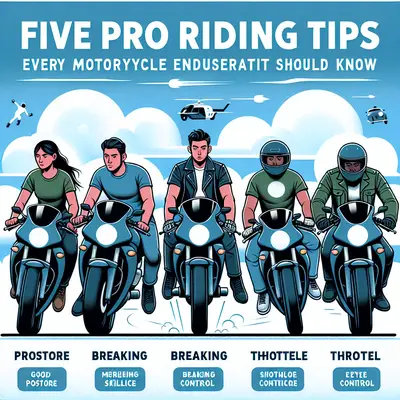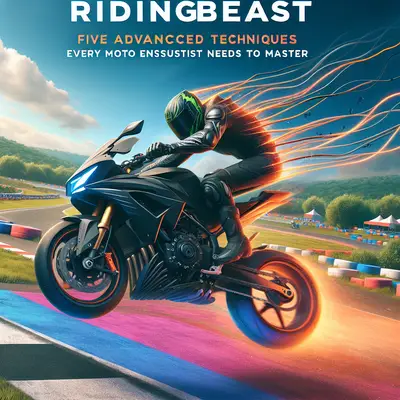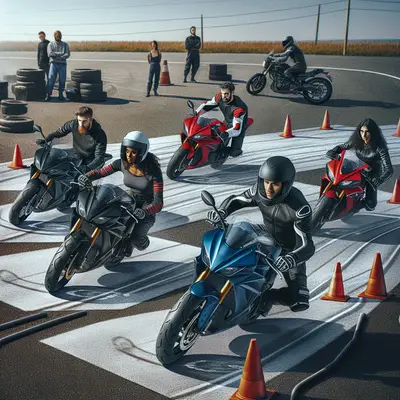Point of Vision
The first technique to master is maintaining an effective point of vision. It's easy to get fixated on the road immediately in front of you, but experienced riders know the importance of looking further ahead. This allows you to anticipate turns, spot potential hazards, and plan your line of travel more effectively. Maintaining a far point of vision gives you more time to react, reducing the risk of accidents and enhancing your overall riding experience.
Body Positioning
Proper body positioning is crucial for handling your motorcycle effectively, particularly when negotiating turns. The aim is to keep your body aligned with the bike, leaning into turns to maintain balance. Remember, your body should be relaxed, with your arms slightly bent, your feet positioned firmly on the footpegs, and your knees gripping the tank. This technique provides greater stability, control, and agility, especially at high speeds.
Throttle Control
Smooth and precise throttle control is a key skill that separates novice riders from the seasoned ones. It's not just about accelerating and decelerating, but about understanding how your throttle input affects your bike's behavior. Smooth, gradual inputs help maintain traction and stability, particularly in wet or slippery conditions. Plus, mastering throttle control can also improve your bike’s fuel efficiency - a win-win situation!
Emergency Braking
In a perfect world, we'd never need to brake hard, but in the real world, emergencies happen. Being able to brake quickly and effectively without losing control of your bike is a vital skill. The key is to apply both front and rear brakes simultaneously, with more emphasis on the front. Remember to squeeze, not grab, the brake lever and push down on the rear brake steadily to avoid skidding.
Lane Positioning
Lastly, good lane positioning is essential for visibility and safety. Instead of sticking to the middle of the lane, consider riding in the left or right third. This makes you more visible to drivers and gives you an extra space buffer. Plus, it provides a better view of the road ahead, allowing you to spot potential hazards earlier.
Conclusion
Mastering these five techniques will not only make you a safer rider, but also help you get the most out of your motorcycle, enhancing your overall riding experience. Remember, good riders never stop learning - so keep practicing, stay curious, and enjoy the ride!



